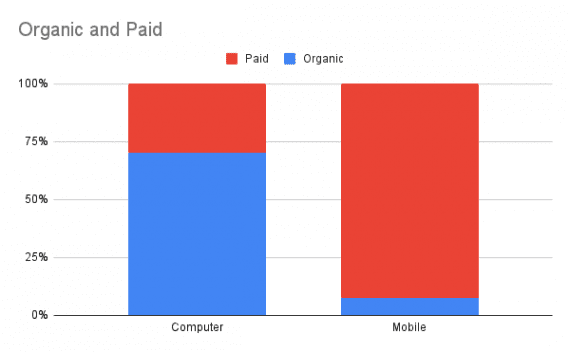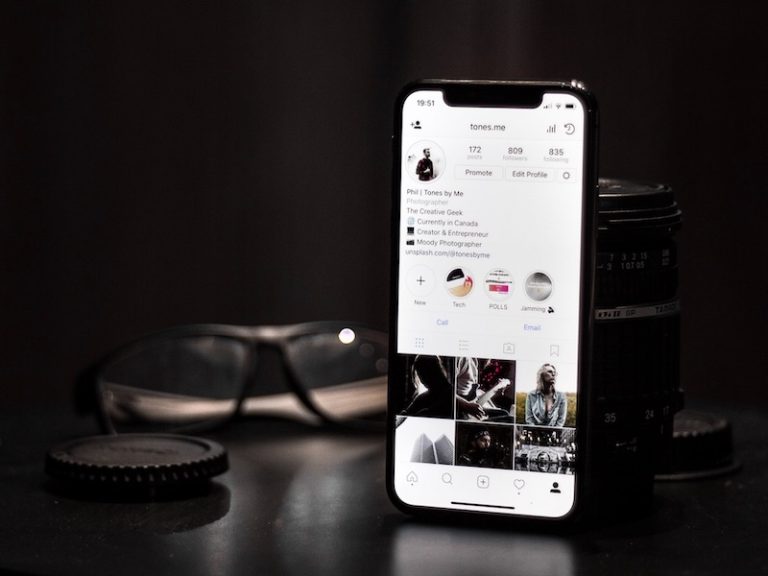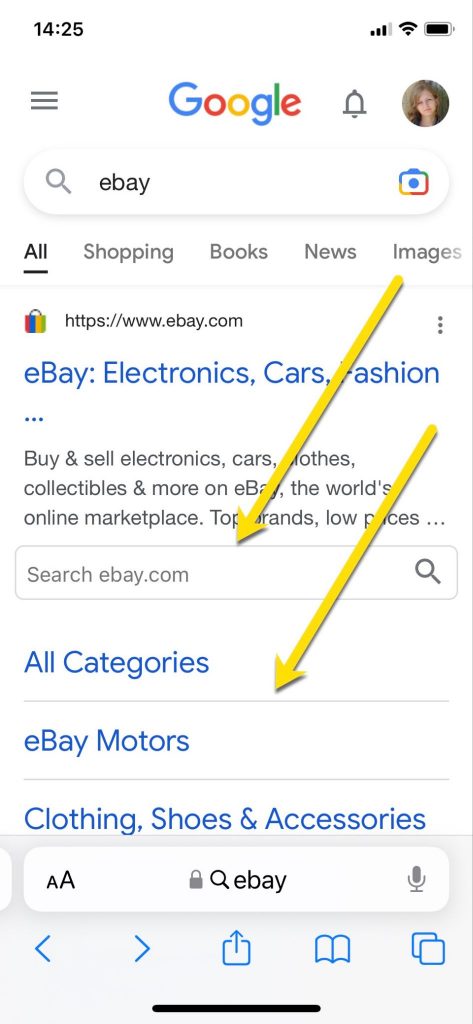The scenario goes like this. A SaaS company offers a free trial of its service. The company garners many new accounts, and 40% came from mobile devices. Two weeks later the trial ends. Paying customers are minted, but only 6% came from mobile.
Stacks of data show that mobile users open and read emails. But other demographics and segments may not. For example, TikTok creators are less likely to check their email regularly.
What if mobile marketing is attracting the wrong customer? A large percentage of the new accounts created on a mobile device could come from folks who are poor prospects.
Wrong Customer
The mobile discrepancy is glaring. The company looks at trial accounts by device type and channel, discovering that about 4% of trial accounts from organic search start on a mobile device. By comparison, about 60% of accounts from the paid advertising channel came from mobile.
Unfortunately, of all of the potential factors causing a gap between mobile and desktop paid conversions, a poor mobile user experience may be the most difficult to resolve. It could require an entire overhaul of the SaaS product.
Here is an example. Imagine a SaaS company that makes it very easy to create a new paid account — add an email address or use a single sign-on from Google or Facebook, provide payment details, and voila, a new account.
But what if new users do not receive those encouraging and helpful messages?

If its process on a mobile device becomes confusing or cumbersome, the SaaS company could be losing customers.

To resolve, SaaS firms could test the onboarding process on multiple devices or use a screen recording service such as Full Story to watch users work their way through the app.
Communication during the onboarding process may be a factor.
Poor Mobile Onboarding
This gap can be troubling, and there are four regular suspects.
This might be especially meaningful if some customers use only mobile.
A solution could be providing communication options — email, text, or even push notifications.
To resolve, SaaS companies could mimic the common tasks on mobile devices, use screen recordings, and survey or interview users who did not buy.
A final factor causing the difference between computer and mobile paid conversions is not the wrong customer, poor onboarding, or communication snafus. It’s a poor mobile experience from the SaaS app itself.
Communication Problems
Regardless, the issue is not the device but rather customer intent and interest.
In this made-up example, the issue could be that the paid channel is targeting folks who have little need or intent to use the SaaS product — most accounts created on mobile devices come from ads, and most on computers come from organic listings. Or perhaps the reverse is true.
In this hypothetical example, the difference in paid conversions was not so much about mobile devices versus desktop and laptop computers as paid versus organic traffic.
Automated emails typically welcome new SaaS users. The automation guides them through the setup and getting-started phases.
Sometimes a poor onboarding process causes the gap.
Poor Experience
For other SaaS companies, creating a paid account is only the initial step in the onboarding process. That process might include a product tour, account setup, and any number of similar activities.
Some software-as-a-service companies experience much lower paid conversions from consumers on mobile devices versus desktop and laptop computers.
Imagine, again, that mobile devices produce 40% of free trial accounts and just 5% of paid ones.
One way to tell is to analyze the acquisitions channels, such as organic and paid search.





![What is Amazon Vine? [A Closer Look At The New and Improved Vine Experience]](https://research-institute.org/wp-content/uploads/2021/05/what-is-amazon-vine-a-closer-look-at-the-new-and-improved-vine-experience-768x376.jpg)
